Two months after launching a used space launcher for the first time, SpaceX has sent a used supply spacecraft to the space station for the first time. The Dragon spacecraft that was launched today already performed the same mission about three years ago, and will now transfer an additional 2,700 kg of equipment to the station.
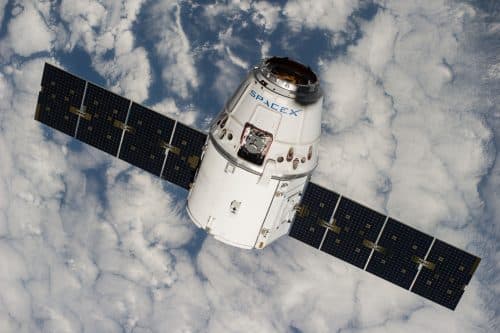
SpaceX launched today, at 00:07 (Israel time), a used Dragon spacecraft to the International Space Station. The spacecraft is unmanned, and is used to transfer supplies to the station.
After the successful launch, aboard a Falcon 9 rocket, the spacecraft will now begin a short journey towards the space station, and will connect with it tomorrow using the station's robotic arm.
In addition, and in a manner that has become almost completely routine in the last year and a half, SpaceX successfully landed the first rocket stage of the Falcon 9. The landing was carried out on a ground pad at the Cape Canaveral Spaceport in Florida, near the Kennedy Space Center, from where the launch took place.
The Dragon spacecraft launched today is the first that SpaceX reuses. The spacecraft was launched for the last time in September 2014, also then for a supply mission to the space station. She then docked there for a month, and then returned to Israel via parachute landing in the Pacific Ocean.
Watch the successful landing of the Falcon 9 launcher:
If the spacecraft successfully docks with the space station, it will be the first time, in six years, that any used spacecraft arrives at the station - since the last space shuttle mission in 2011.
Also, this is the first ever reuse of an unmanned supply spacecraft. All other space station supply spacecraft burn up completely in the atmosphere at the end of their mission: Cygnus of the American company Orbital A.T.K., Progress Russian, Coonotory the Japanese, and recently also the Chinese supply spacecraft Tianju (which was launched for the first time In April this year, to the Chinese space station Tiangong 2).
It is worth noting that not all spacecraft components were reused. The spacecraft consists of a central capsule inside which is the compressed cargo compartment (that is, the one that is inside a protected atmosphere), and a non-compressed rear cargo compartment, which is wide open to outer space, and in which is cargo that is not required to stay in protected conditions, as well as the solar panels of the spacecraft. While the main capsule penetrates the atmosphere and survives thanks to its heat shield, the uncompressed cargo compartment detaches from it and burns up completely. The spacecraft also underwent various renovations and repairs before the relaunch, including the replacement of the capsule's heat shield.
It is not entirely clear how much SpaceX saved by reusing the spacecraft, and the company did not specify If she gave NASA any discount on the price of the used spacecraft (its cost estimated in tens of millions of dollars).
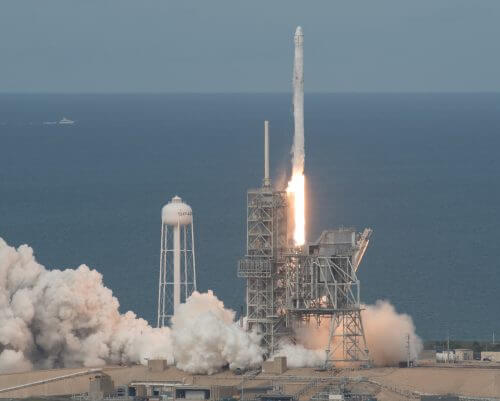
The multi-use vision of SpaceX is coming to fruition
Today's launch marks another step on SpaceX's path to realizing the multi-use vision in the space industry, which will allow for a significant reduction in the cost of launchers and spacecraft.
At the end of 2015 The company demonstrated for the first time its ability to vertically land and safely return the first stage of the Falcon 9 launcher, which is its central part.
last march The company proved its ability to reuse the many first stages that it brought back to Israel: it launched a Falcon 9 for the first time with a used first stage, in a successful mission to launch a communication satellite of the SES company.
The launch today was not done using a used launcher, probably because NASA prefers to avoid a higher level of risk in its missions. SpaceX will launch Falcon 9 with a used first stage later this month, for the BulgariaSat company. the company I mean also to use two used first stages in the first test flight of its future and more powerful launcher, Heavy falcon, which is planned to be carried out later this year.
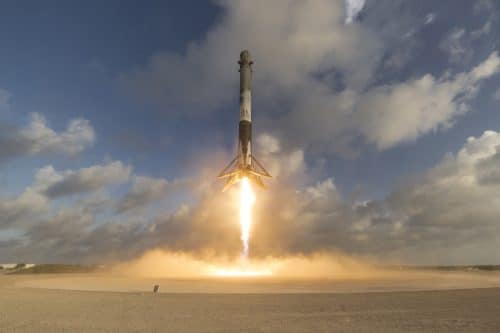
Elon Musk, founder and CEO of SpaceX, He declared who intends to reuse the upper stage of the Falcon 9, which, unlike the first stage, is not yet able to return to Israel. The upper stage enters orbit around the Earth and reaches a much higher speed than the first stage, which makes it very difficult to return it safely to Earth (after a short time in orbit it falls and burns up in the atmosphere). If Musk and his space company manage to realize this ambitious goal as well, then its launchers will become completely multi-purpose.
Fruit flies and a telescope for the study of pulsars: the experiments that the Dragon spacecraft will bring to the space station
The Dragon spacecraft that was launched carries on board equipment and supplies for the space station weighing approximately 2,700 kg. Besides the usual supply of food and logistical components, the equipment includes several interesting experimental packages, including:
- A telescope for the study of neutron stars, by measuring the X-rays emitted from them. The telescope, which is called NICE (short for Neutron Star Interior Composition Explorer), will focus on pulsars, a particular type of neutron star. These stars rotate at a very high speed and emit beams of radiation from their magnetic poles, which are visible to an observer from space like a rotating beam of a lighthouse. The telescope will also perform another interesting experiment - it will try to use the precise pulses of the pulsars in order to test an innovative navigation technology, which can be used by spacecraft on a journey into deep space.
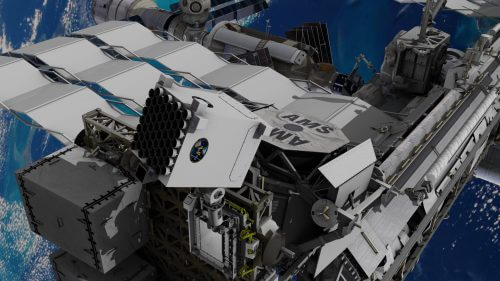
- Fruit Fly Lab-02 - Research on the effect of the zero-gravity conditions in space on the heart and circulatory system in astronauts. The experiment will be carried out on fruit flies, which will be sent to the station in test tubes. According to NASA, fruit flies are ideal for research, because their genetic composition is well mapped, and also because they are small and have a short life span, which makes it possible to examine their entire life cycle over several generations.
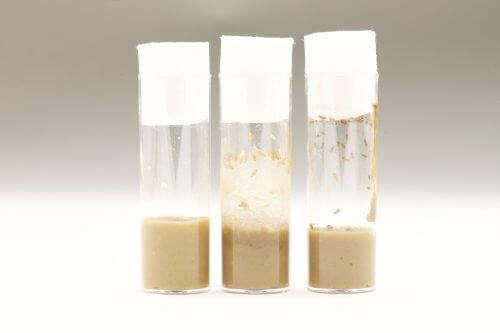
- Innovative solar panels called PINK (short for Roll Out Solar Array). These solar panels are lighter and more flexible than traditional, rigid solar panels. They are launched in a rolled configuration, and unfold in space like a tape measure (See a video showing how they work).
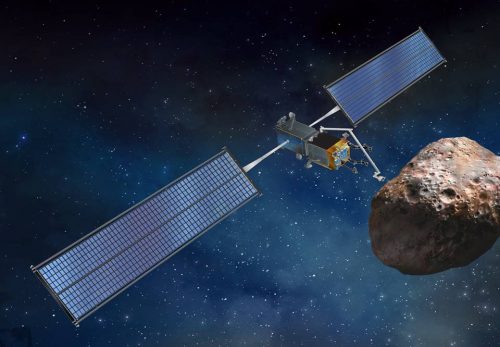
- ACME (abbreviation of Advanced Combustion via Microgravity Experiments) - an experiment to study the behavior of fire. The research will take advantage of the lack of gravity in space, where the flame takes on a round shape, which makes it easier for researchers to understand how it behaves.
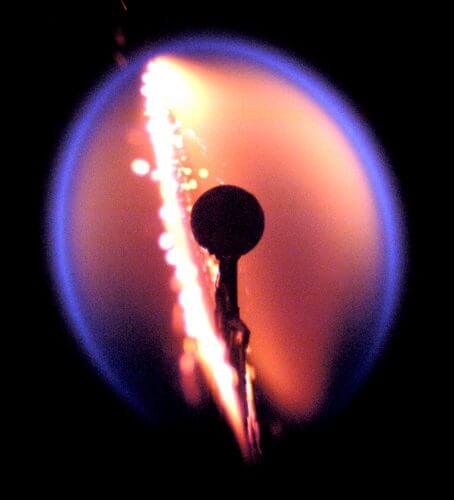

2 תגובות
Do you like spaceships?
There is a second hand. (: